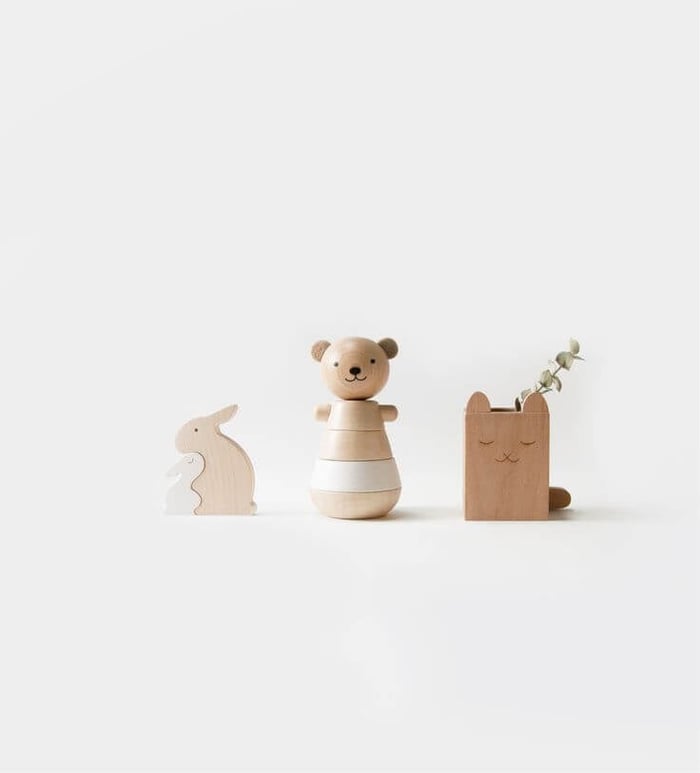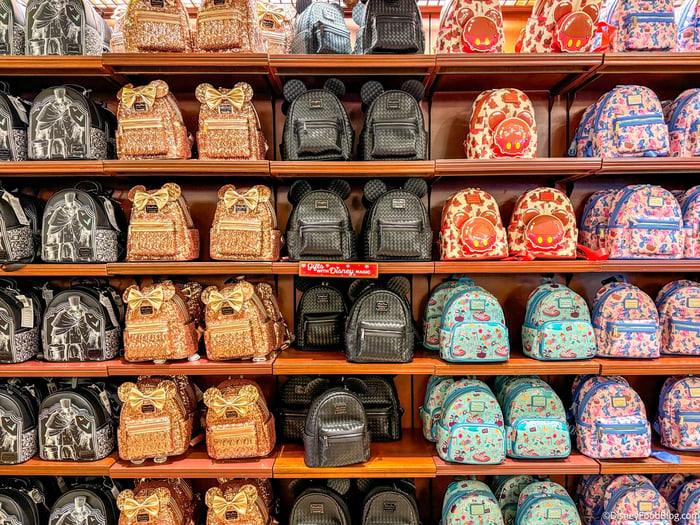Table of Contents
Every generation has its iconic toys. Millennials grew up with Tamagotchis, Beanie Babies, and LEGO sets. Gen Z enjoyed slime kits, fidget spinners, and interactive dolls. However, Gen Alpha, the children born from 2010 onward, shows a surprising preference for simplicity. Instead of battery-powered gadgets with flashing lights, many are choosing minimalist toy designs.
This fascination with simplicity is not a coincidence. It reflects changes in culture, parenting styles, and the psychological needs of today’s children. To understand why these toys are so appealing, we need to look at who Gen Alpha is, what influences their play, and how their parents shape their choices.
Who Is Gen Alpha?
Gen Alpha is growing up in a world unlike any before them. They are:
- Born between 2010 and 2025
- Raised entirely in the 21st century
- Digital natives, swiping screens before they can read
- Constantly surrounded by technology and media
- Primarily raised by millennial parents
Since their world is already full of noise, stimulation, and screen-based activities, Gen Alpha often seeks calm and open-ended play when they unplug. Their toys provide a space to recharge, explore their imagination, and balance digital experiences with tangible ones.
Why Minimalist Toy Designs Appeal
Minimalist toys offer a unique charm for Gen Alpha. They are simple, durable, and versatile, while also encouraging creativity in profound ways.
- Relief from Overstimulation: With so much digital media in their daily lives, children find peace in quieter, simpler toys.
- Encouragement of Imagination: Open-ended toys like blocks or peg dolls give children the freedom to create their own stories.
- Sustainability: Many are made from wood, silicone, or recycled materials, reflecting eco-conscious family values.
- Aesthetic Appeal: Clean, neutral designs fit seamlessly into modern homes and playrooms.
- Durability: Unlike plastic gadgets that break or lose appeal quickly, these toys are designed to last for years.
These benefits explain why children are naturally drawn to them and why parents feel good about buying them.
Minimalist Toys Compared to Traditional Toys
The differences between minimalist toys and traditional ones are clear.
Minimalist Toys:
- Made from natural or eco-friendly materials
- Feature neutral colors and modern designs
- Encourage open-ended, creativity-driven play
- Long-lasting and timeless across age groups
Traditional Toys:
- Made from plastic and often battery-powered
- Bright colors, flashing lights, and sound effects
- Tied to characters or pop culture trends
- Break easily and often become outdated
For many families, the choice comes down to value. Minimalist toys might cost more upfront, but their durability and open-ended design help them remain relevant longer.
Parenting Trends Shaping the Shift
Minimalist toys are not just a trend driven by children; they are also influenced by the parenting styles of millennials, who are currently raising most of Gen Alpha. Key influences include:
- Mindful Parenting: Parents are choosing toys deliberately instead of overbuying.
- Clutter-Free Homes: Fewer, multipurpose toys help reduce stress and mess.
- Montessori Influence: Play centered on exploration and independence supports learning.
- STEM Emphasis: Simple toys that promote problem-solving attract education-focused parents.
- Instagram Culture: Neutral-toned playrooms and wooden toys fit the curated aesthetic of social media.
- Sustainability Values: Families want products that reflect their eco-conscious lifestyle.
These social influences explain why minimalist toy designs fit seamlessly into family life today.
The Psychology Behind Minimalist Play
Educators and psychologists agree that having fewer, simpler toys can benefit child development. Here’s how:
- More Creativity: With fewer options, children are encouraged to invent new games and scenarios.
- Emotional Regulation: Simple play environments reduce overwhelm and help kids manage their feelings.
- Skill-Building: Activities like stacking, balancing, or solving puzzles strengthen motor skills and problem-solving abilities.
- Collaboration: Open-ended toys encourage cooperative play with siblings and friends.
- Focus and Attention: Without flashy distractions, children engage more deeply with play.
Minimalist play is not only visually appealing but also powerful for development.
Popular Examples of Minimalist Toys for Gen Alpha
Some of the most loved examples include:
- Wooden building blocks
- Montessori-inspired play sets
- Magnetic construction tiles
- Silicone stackers and nesting toys
- Balance boards and climbing frames
- Peg dolls or simple figurines
- Wooden puzzles and shape sorters
These toys adapt as children grow, remaining useful from toddlerhood through early school years. Their versatility makes them a long-term investment in both play and learning.
Benefits Beyond Playtime
Minimalist toys influence more than just play; they also shape everyday family life.
- Less Clutter: Homes stay organized with fewer toys.
- Longevity: High-quality designs can be passed down to siblings.
- Parent-Child Bonding: Open-ended play often involves parents in the fun.
- Reinforcement of Values: Families model sustainability through their purchases.
- Cost Savings: Fewer but better toys are more economical over time.
- Independence: Simple toys encourage children to explore and entertain themselves.
Families often notice these positive effects soon after transitioning.
Criticisms and Challenges
Despite their benefits, minimalist toys aren’t universally embraced. Some common criticisms include:
- Higher initial costs compared to mass-market toys
- Lack of popular characters children see on TV
- Concerns about tech readiness in a digital age
- Limited availability in certain regions
- Less initial excitement compared to flashy, electronic toys
Still, many families find that balance works best. Kids can enjoy both types of toys, mixing simplicity with pop culture fun.
The Future of Toy Design
The toy industry is already responding to the preferences of Gen Alpha. Likely developments include:
- Hybrid Minimalist-Tech Toys: Clean designs with gentle digital features
- Sustainable Manufacturing: Greater use of recycled, biodegradable, and ethically sourced materials
- Customizable Play: Toys that children can decorate, assemble, or adapt themselves
- Mainstream Adoption: Major brands embracing minimalist aesthetics in their products
- Education-First Designs: More toys developed with STEM and Montessori principles in mind
Minimalism is not just a passing trend; it is changing how toys are designed and marketed worldwide.
Conclusion
Gen Alpha’s interest in minimalist toy designs reflects broader cultural trends toward calm, creativity, and sustainability. In a noisy, screen-heavy world, these toys provide space for imagination, problem-solving, and emotional growth. Parents appreciate their durability and eco-friendly design, while children enjoy the freedom to create their own stories.
For this youngest generation, less truly is more, and their toy choices show that simplicity is powerful. Explore it all now on Infinity Collectables!









